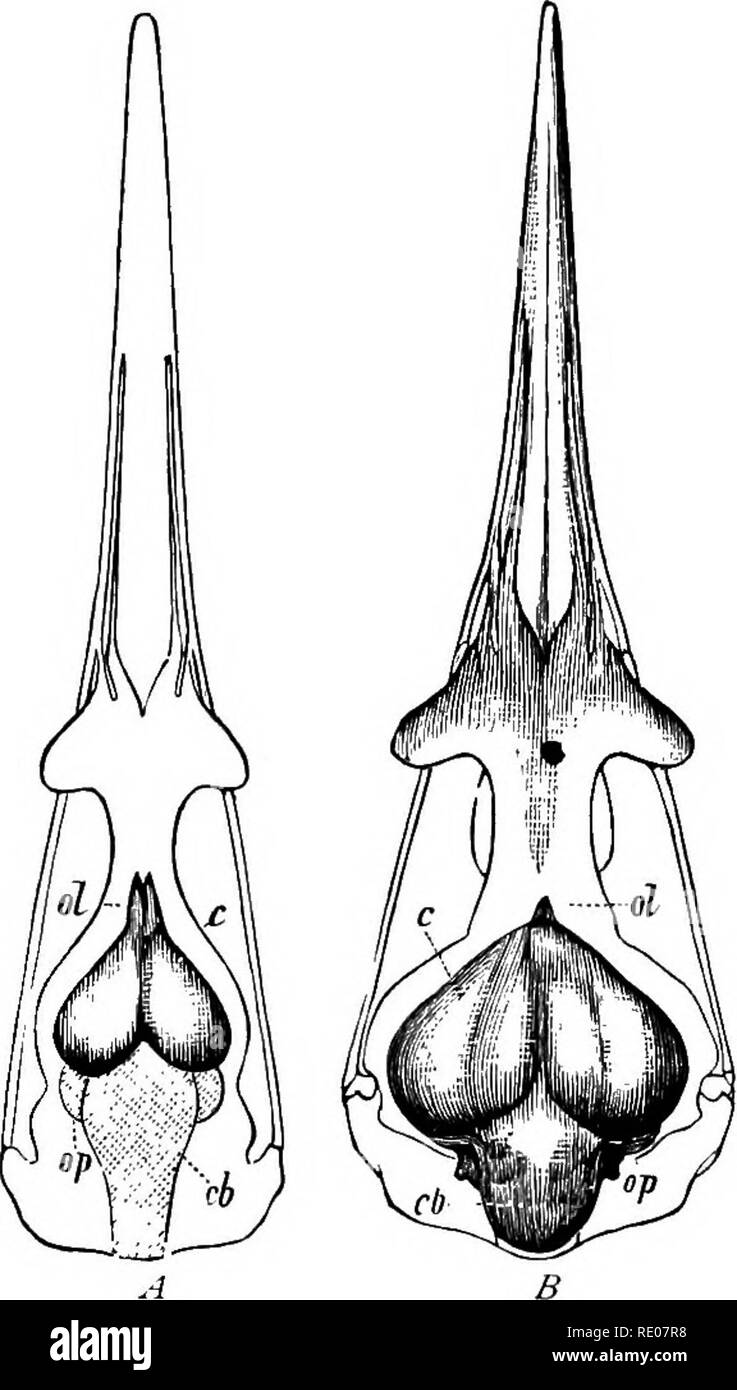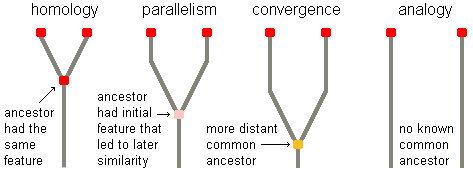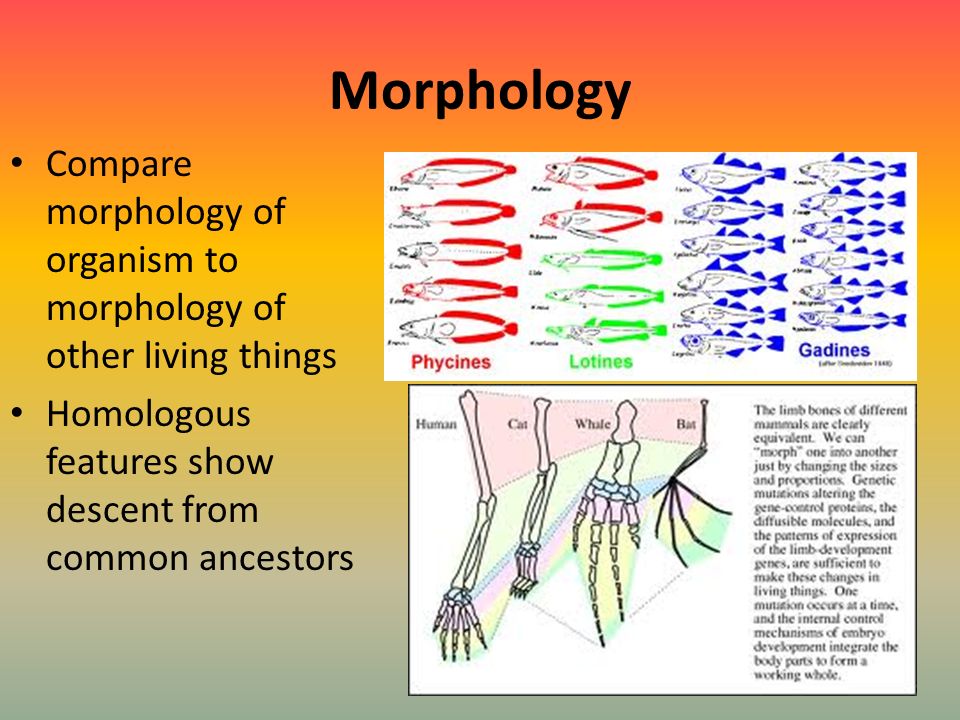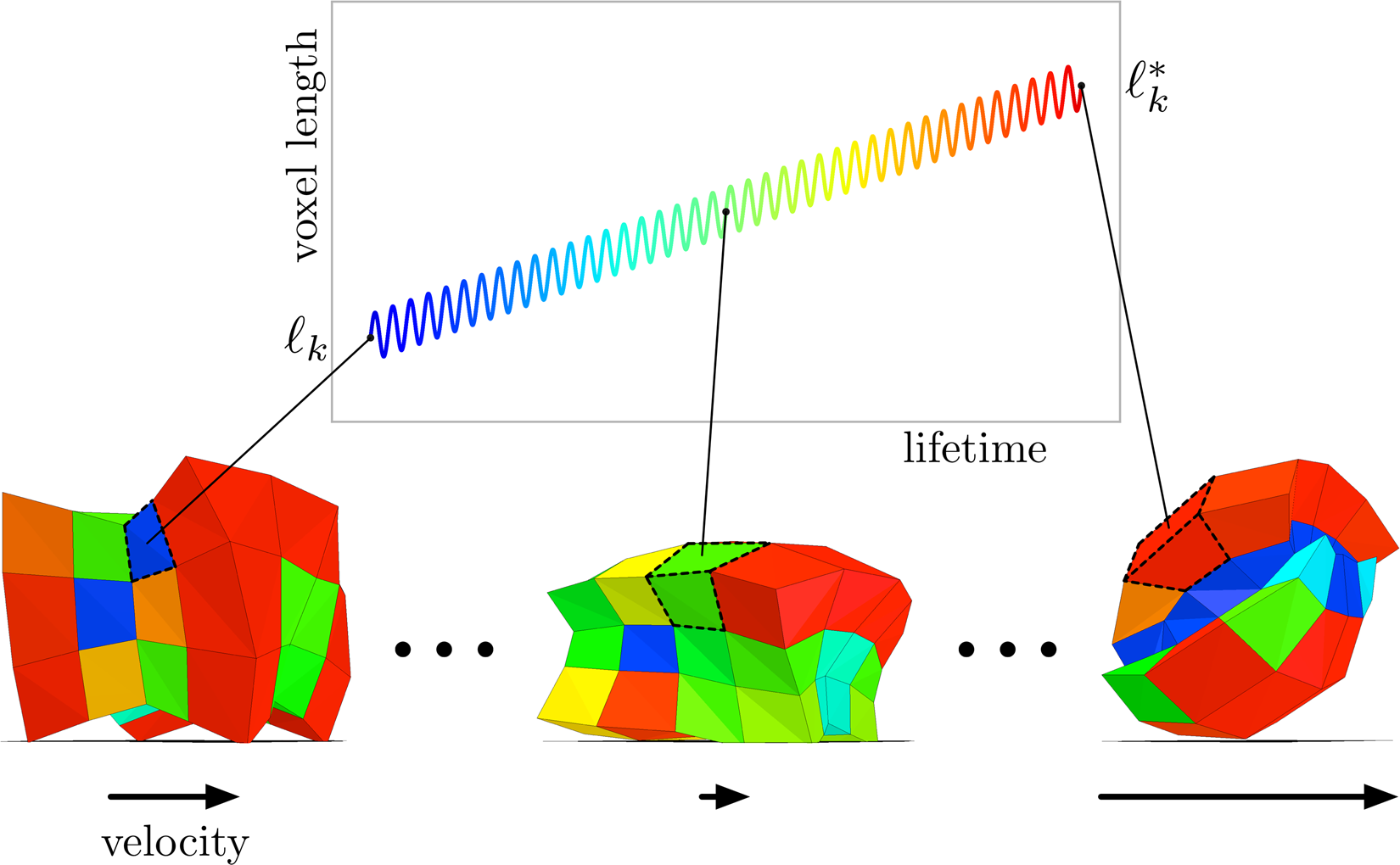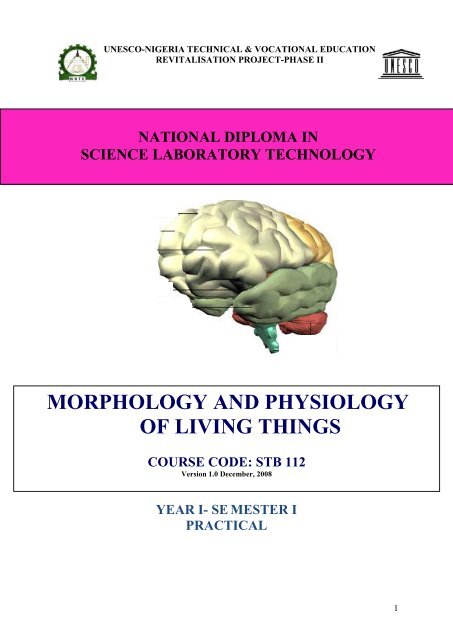Morphology is the study of the form and structure of living things. It is an important branch of biology that helps us understand how different organisms are adapted to their environments and how they evolved over time.
One of the key concepts in morphology is that of homology, which refers to the similarities in the structure and function of different organs or body parts between different species. Homology helps us understand the evolutionary relationships between different organisms and how they are related to one another. For example, the bones in the arm of a human and the wings of a bird are homologous structures because they both serve the same function of allowing movement and are believed to have evolved from a common ancestor.
Another important concept in morphology is that of analogy, which refers to similarities in the structure and function of different organs or body parts between different species that are not the result of a shared ancestry. Analogy helps us understand how different organisms have adapted to similar environments or ecological niches in different ways. For example, the fins of a fish and the wings of a bat are analogous structures because they both serve the same function of allowing movement through the air, but they are not believed to have evolved from a common ancestor.
Morphology is also used to study the internal structure of organs and tissues in different species. For example, the study of plant morphology helps us understand the structure and function of different parts of a plant, such as the roots, stems, leaves, and flowers. In animals, the study of morphology helps us understand the structure and function of different organs, such as the brain, heart, lungs, and kidneys.
In conclusion, morphology is an important branch of biology that helps us understand the form and structure of living things and how they are adapted to their environments. It also helps us understand the evolutionary relationships between different species and how they have adapted to different ecological niches in different ways.


